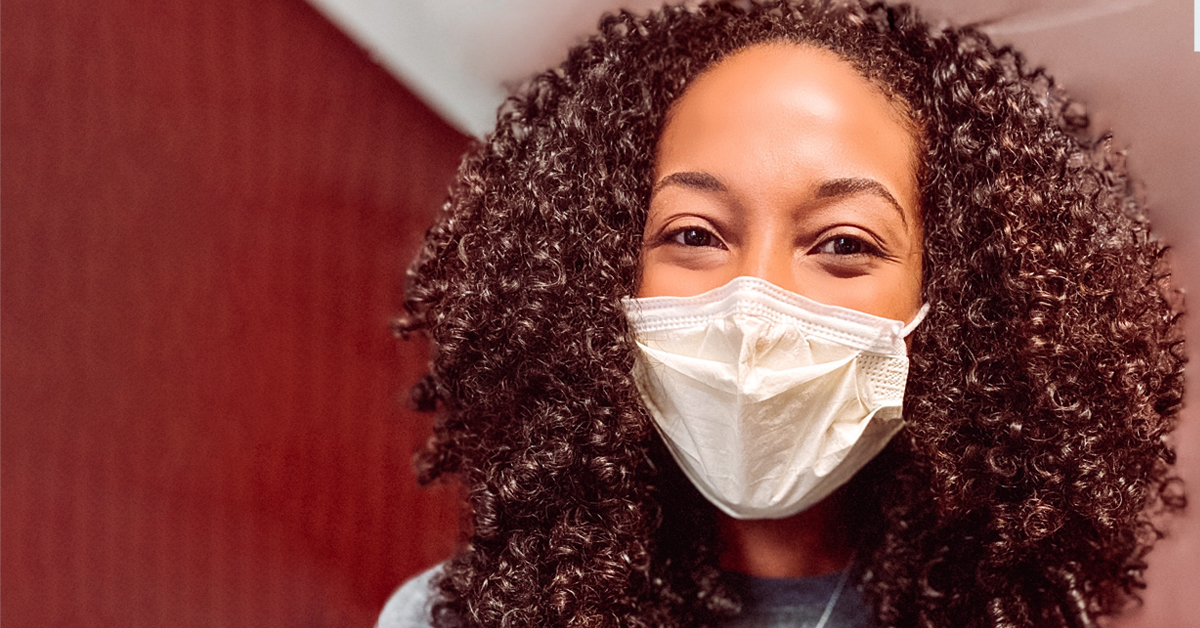The Essential White Coat Items for Clinical Rotations

The transition from classroom learning to clinical rotations is one of the most stressful, confusing, and surreal moments along any medical student’s journey. On one hand, you’re finally entrusted to do exactly what you came to medical school for, care for patients; which is truly rewarding in ways you couldn’t even begin to imagine. But on the other hand, you’re quickly catapulted into an environment and learning style that is new in every sense of the word.
From figuring out where the closest bathroom is, to gauging which presentation style your attending and senior resident prefer, clinical clerkships are a whirlwind to say the least (and don’t forget you get to repeat the same process every 4-12 weeks depending on how long your clerkships last)!
With this in mind, here’s a short list of my favorite white coat essentials in order to help you feel prepared for those first couple of months on the wards.
1. Hand sanitizer and hand lotion/cream.
I think the hand sanitizer portion goes without saying; although there will be plenty of hand sanitizing stations throughout the hospital or the clinic, it’s always nice to have your own just in case.
As for the hand lotion/cream, all the hand washing and sanitizing you’ll do throughout the day can leave your hands dry and chapped. To prevent this, consider investing in a mini tube or tub of thick hand lotion/cream.
2. An extra fine tip 4 color pen.
Honestly, I don’t know how I would make it on the wards without these gems - they’re essential for taking notes (especially when you have limited space on your printed patient lists) and keeping track of your to-do lists during rounds!
As these run about $7.00 each, I also recommend keeping some extra (regular blue or black) pens in your pocket just in case anyone ever asks to borrow a pen and it never finds its way back to you.
I know the price point is a little steep, but I promise they’re more than worth the cost!
3. Snacks, snacks, and more snacks!
I don’t think I can emphasize this point enough: please bring snacks with you! Depending on the service you’re on, it’s quite possible that you could be on your feet and running throughout the hospital all day long. Snacks are essential to keeping your energy high and your brain functioning at its maximum capacity. I also promise the hospital snack of champions (peanut butter and graham/saltine crackers) will get old after a while.
A few of my favorite snacks to keep in my white coat include:
- Beef or Turkey Jerky
- Protein Bars
- Carrots or Celery
- Apple Chips or Dried Fruit
- Any type of trail mix that has chocolate in it or a mini chocolate bar (we all need that afternoon pick-me-up every now and then!)
4. A mini water bottle.
Hydration is key - keeping a pocket-sized water bottle on hand at all times will help you to maintain your daily water intake despite your busy schedule.
5. Your smartphone
Whether you’re staying in touch with your team, responding to call backs from the consults you placed for your patient, or spending some down time reviewing Articles or answering practice questions on the AMBOSS app (which happens to always be available, even when WiFi isn’t), your smartphone is an integral component of your daily life on the wards.
Of course, please remember to be mindful of when it’s appropriate (and when it’s absolutely not) to have your phone out.
And if your battery has a habit of fading throughout the day, you can even consider carrying a small portable power pack.
Hopefully this list of white coat essentials will help ease the transition to clinical rotations for you; the third year can be stressful and overwhelming but when you finally get a chance to breathe, it’s truly rewarding in ways you couldn’t even begin to imagine.
Impress your attending and ace your Shelf exams with AMBOSS for clerkships. Learn more here.

About the Author: Hailing from the Sunshine State, Victoria Humphrey is a retired pageant queen and current Dermatology resident at Harvard University. She attended the University of Pittsburgh School of Medicine and has a passion for skin of color dermatology, educational equality, increasing diversity in medicine, and working with medically underserved communities. Follow her journey on Instagram or Twitter.
